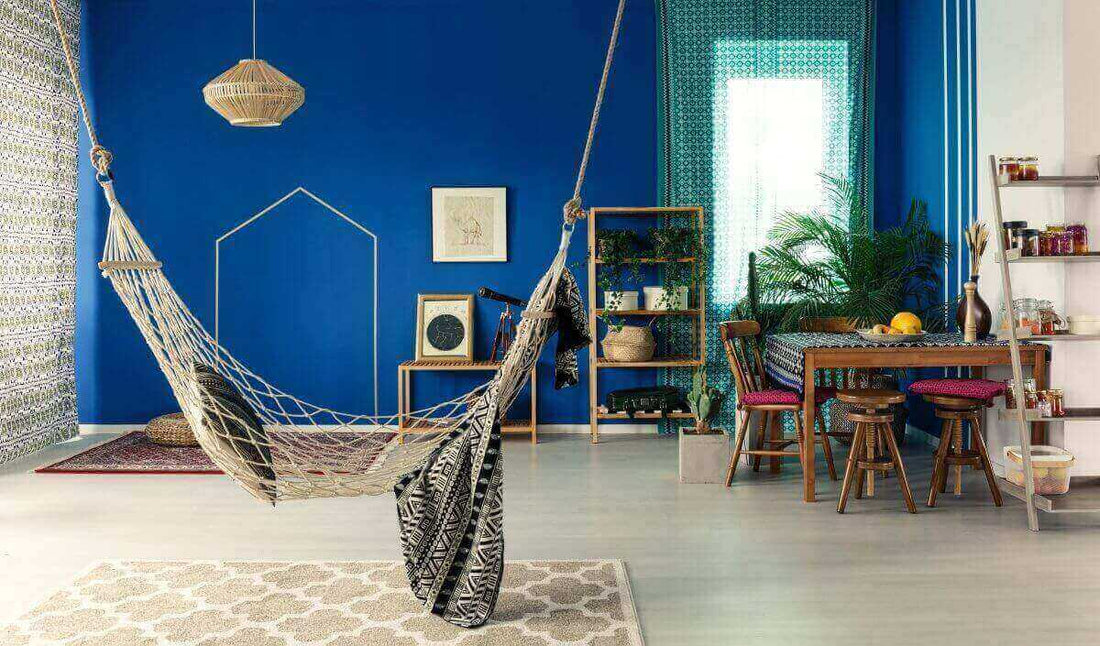
5 Evergreen Interior Design Trends

As a homeowner or simply a fan of interior design, it’s easy to be confused and overwhelmed by all the new trends that come season after season and year after year. From Scandinavian designs to earth-friendly biophilic styles, there are so many styles to choose from. Some interior design styles take inspiration all the way from the Renaissance era, not to forget the plethora of retro styles from the Roaring 20s, Swinging 60s, Groovy 70s, and more. Let’s take a look at some of the timeless interior design trends that we have found over the years:
1. Minimalism - Around the early 1900s, minimalists rejected excess in the highly materialistic and subjective design styles of the time. Though it’s hard to trace the actual origins of this trend, other popular trends such as the Modern and Scandinavian design styles have taken some major influences from the Minimalism style. The Minimalism style that we know today uses muted, neutral, or monochromatic colors, simple pared-down furniture, and a focus on open space. Remember, less is more for the Minimalist. Spacewise has some good tips on how to create a minimalist home.
2. Bohemian - Have you ever heard of the phrase, “There is beauty in chaos”? Well, the Bohemian style perfectly represents this sentiment. The style is known for the freedom of expression and carefree approach to interior design, incorporating the creativity and adventurous spirit of the homeowner. Essentially, almost anything goes in the Bohemian style. It is popular because of the vibrant colors, beautiful patterns, vintage furniture, and a sense of comfort in the chaos. If you are a fan of Bohemian decor and are looking to style your own living space, don’t be afraid to experiment on design and color combinations. You can start by looking into flea markets and yard sales for fun elements to add to your Bohemian concept.
3. Mid-Century Modern - One of the more retro interior design trends but with a modern twist. The Mid-Century Modern style of design features clean lines, natural shapes, and creative use of different materials. For instance, typical 70s furniture features weird shapes and angles, and wavy designs emblematic of the era. It has its roots in functionality, taking its origins from the wake of World War II when designers and architects yearned to bring their ideas to life with the advent of new technology from the Second Industrial Revolution. If you are looking to try out this style, many interior designers and architects have incorporated ceramics because it is versatile, affordable, and functional while fitting in with the sleek fluid aesthetics of the style.
4. Industrial - The Industrial style of interior design almost speaks for itself. This style originated from the conversion of industrial workplaces into commercial or domestic spaces, such as old factories converted into studio apartments. Picture an industrial setting like a warehouse, with brickwork walls, exposed pipes, high ceilings, bare windows, vintage furniture, and metallic fixtures, basically making up this style. Those who enjoy Industrial designs usually like it because of the rustic feel that it brings, the metallic scheme, and the rough and simple approach. Due to the aesthetic of the style and elements taken from old factories, the colors used are usually gray, brown, black, or white because they are complementary to the rustic decor. If you are thinking of going industrial, some vintage, metallic fixtures can be found in auctions or garage sales to get the rustic, warehouse-like elements you might want for your home.
5. Nautical - If you are the type of person that likes a laid-back day at the beach, then we’re sure that you would be fond of the Nautical style of interior design. Few interior design trends stay as timeless as the Nautical style, with elements from the sea as decoration. In modern times, it is characterized by the usage of whites and blues, with decor lending itself to the boons of the ocean! Coral, anchor motifs, seashells, driftwood, and other maritime decor is used to portray a relaxed, sea-side cottage feel. The furniture in this style mainly incorporates natural elements from scenic beaches and coastlines, such as natural woods, rattan, and linen fabrics. One important factor to consider is that the scheme of your design also needs to be “airy” or “breezy”, including more free space and loose fabrics such as linen curtains, as if you are expecting sea breeze to make its way into your home. You can spend a couple of days collecting pretty seashells and rustic-looking driftwood from a nearby beach to add to your nautical interior design with a bit of DIY flair.
